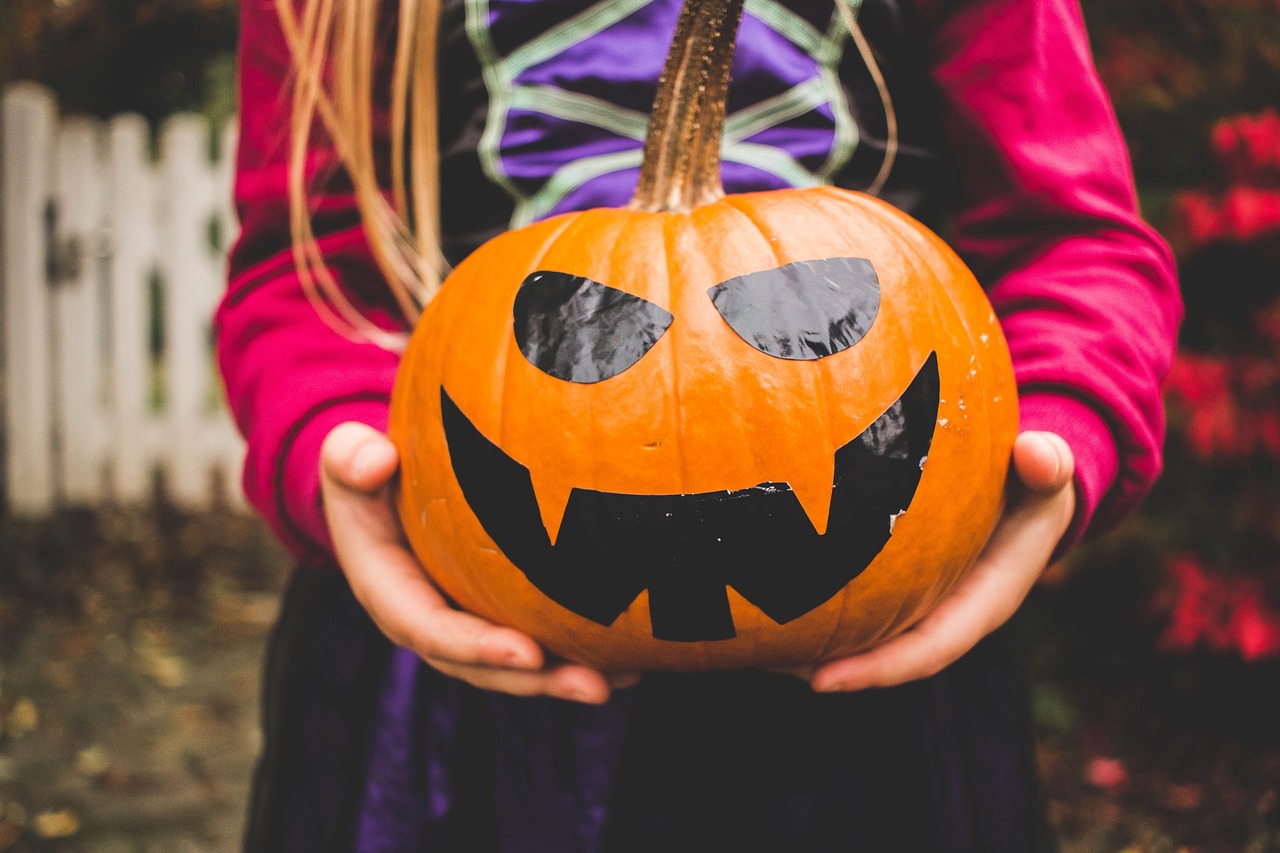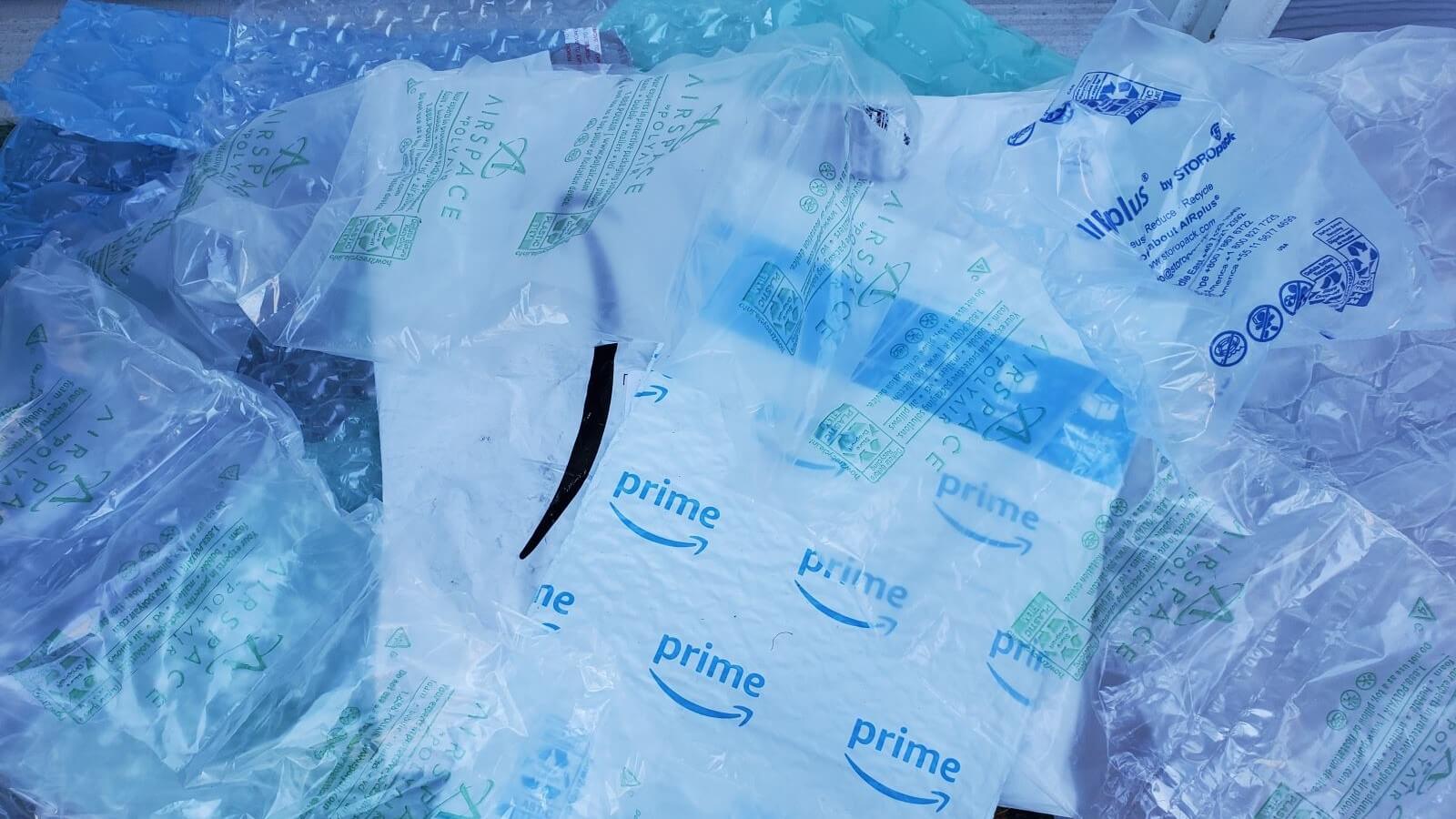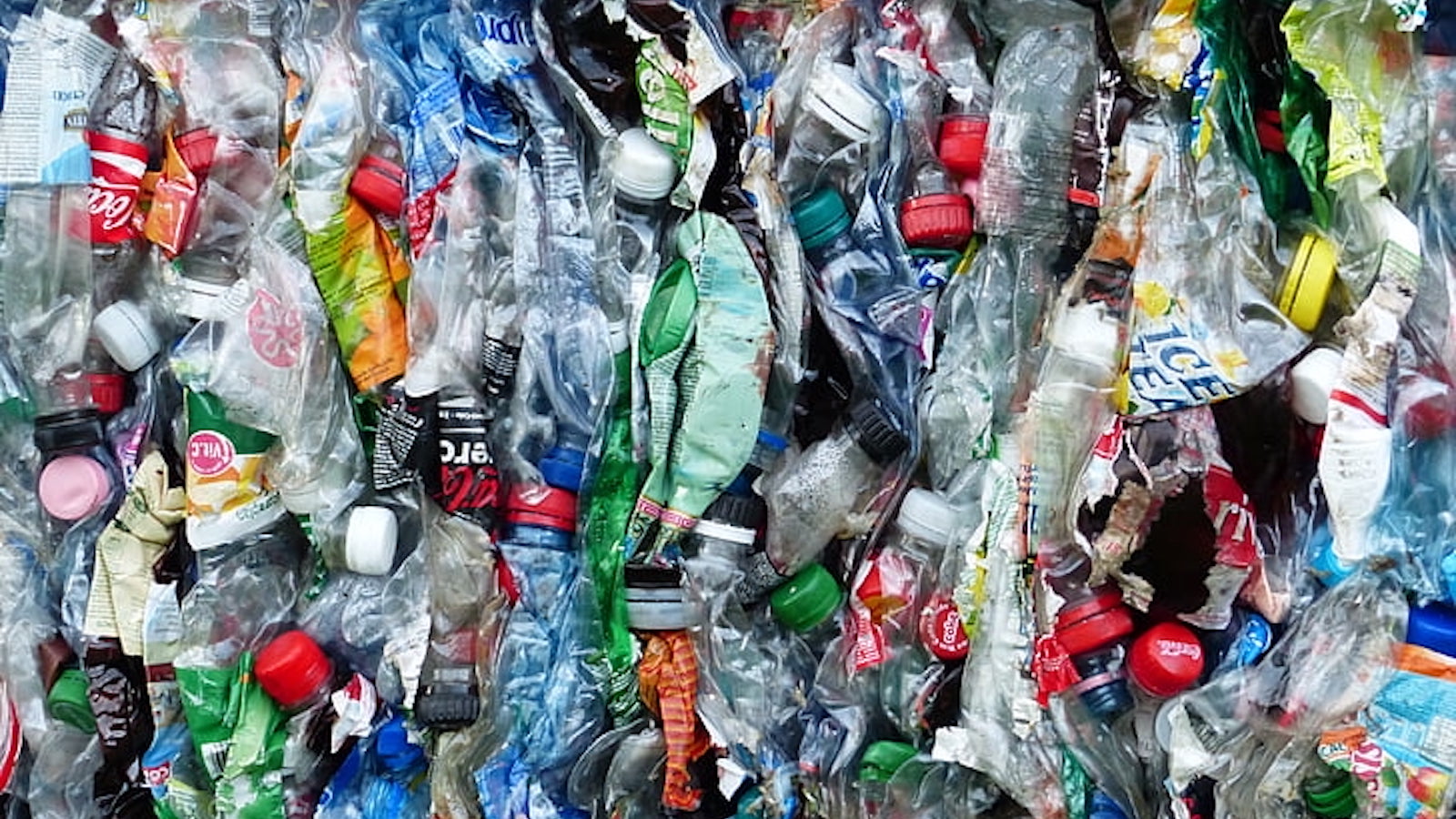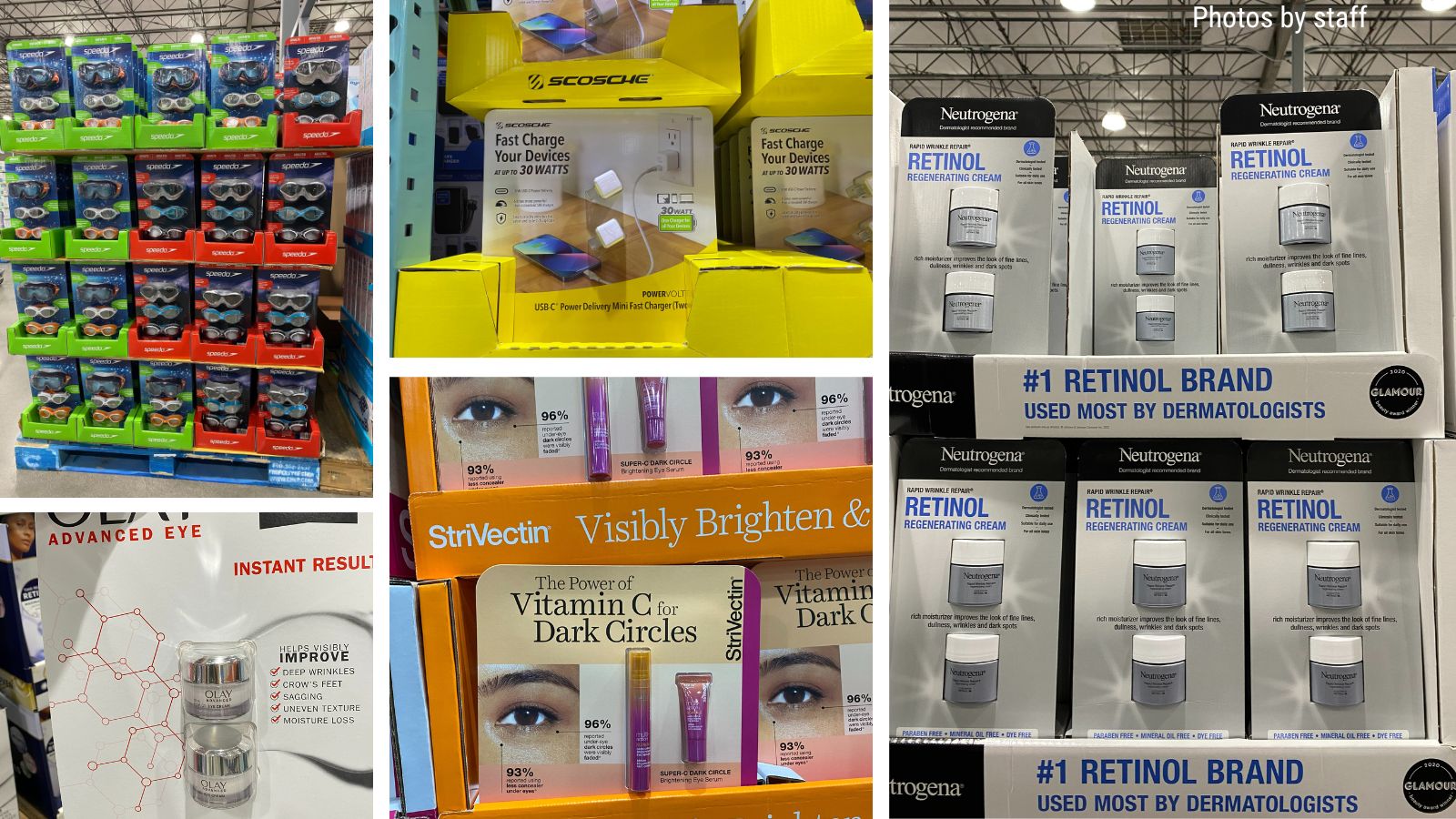
Tricks for cutting waste this Halloween
The amount of excessive waste generated during the spooky season is downright scary. But it doesn't have to be this way.

Halloween is a fun and spooky time of year, filled with costumes, candy, and decorations. However, it can also be a time of excessive waste, with single-use costumes, disposable decorations, and mountains of candy wrappers ending up in the trash every year.
But fear not! Here are several tips and tricks for reducing the amount of stuff that will end up in the trash, while still having fun celebrating all things spooky:
Make your own costume or find one second hand
Instead of purchasing a brand-new costume that you’ll wear only once, consider recycling or upcycling old clothes and accessories. If you’d rather go for a second hand option, thrift stores can be treasure troves for creative costume materials. You can also ask a neighbor for costumes on Buy Nothing or Freecycle.
Host a costume swap
Another way to find a new-to-you Halloween costume is to organize a costume swap with friends or in your community, where people gather and bring used costumes from previous years and trade them. That way, you can get a costume without having to spend any money, while also reducing the demand for a new, disposable one.
Make your own decorations
Get creative and make your own Halloween decorations from reusable, recyclable and/or natural materials. Craft spooky spiders from egg cartons or create ghosts from old bedsheets or find creative ways to use pumpkins and dried corn. The possibilities are endless– but if you get stuck, a quick internet search for “DIY Halloween decorations” can help give you some inspiration.
Ditch plastic collection bags and buckets
Skip the plastic pumpkin bucket and opt for tote bags or other reusable containers when collecting candy. Fabric totes, baskets, or even pillowcases can be used year after year.
Cut down on wasteful candy packaging
When buying candy to hand out to trick-or-treaters (or let’s face it– eat yourself), be mindful of the packaging. Double plastic packaging and thick plastic packaging creates more waste, so try to find candy with thin or minimal packaging, or non-plastic wrapping like aluminum foil. And only buy as much candy as you think you’ll need.
Reduce single-use items
If you’re hosting a Halloween party, ditch the disposable plates, cups, and utensils and opt for real dishes and cutlery. And consider serving package-free food and treats to partygoers.
Reuse as much as you can year after year
Instead of throwing out your costumes and decorations after Halloween is over, save them for next year.
Happy haunting!

Tell Amazon: It’s time to move beyond wasteful single-use plastic packaging
Amazon creates an enormous amount of plastic waste with single-use packaging that we just don't need.
Topics
Authors
Janet Domenitz
Executive Director, MASSPIRG
Janet has been the executive director of MASSPIRG since 1990 and directs programs on consumer protection, zero waste, health and safety, public transportation, and voter participation. Janet has co-founded or led coalitions, including Earth Day Greater Boston, Campaign to Update the Bottle Bill and the Election Modernization Coalition. On behalf of MASSPIRG, Janet was one of the founding members of Transportation for Massachusetts (T4MA), a statewide coalition of organizations advocating investment in mass transit to curb climate change, improve public health and address equity. Janet serves as Chair of the Board of Directors for the Consumer Federation of America and serves on the Common Cause Massachusetts executive committee, Alliance for a Healthy Tomorrow board of directors, and Department of Environmental Protection Solid Waste Advisory Committee. For her work, Janet has received Common Cause’s John Gardner Award and Salem State University’s Friend of the Earth Award. Janet lives in Cambridge, Massachusetts, with her husband and two sons, and every Wednesday morning she slow-runs the steps at Harvard Stadium with the November Project.
Celeste Meiffren-Swango
State Director, Environment Oregon
As director of Environment Oregon, Celeste develops and runs campaigns to win real results for Oregon's environment. She has worked on issues ranging from preventing plastic pollution, stopping global warming, defending clean water, and protecting our beautiful places. Celeste's organizing has helped to reduce kids' exposure to lead in drinking water at childcare facilities in Oregon, encourage transportation electrification, ban single-use plastic grocery bags, defend our bedrock environmental laws and more. She is also the author of the children's book, Myrtle the Turtle, empowering kids to prevent plastic pollution. Celeste lives in Portland, Ore., with her husband and two daughters, where they frequently enjoy the bounty of Oregon's natural beauty.
Find Out More

Students for Sustainable Fashion

Can we fix plastic recycling?

Costco should stop supersizing wasteful packaging


